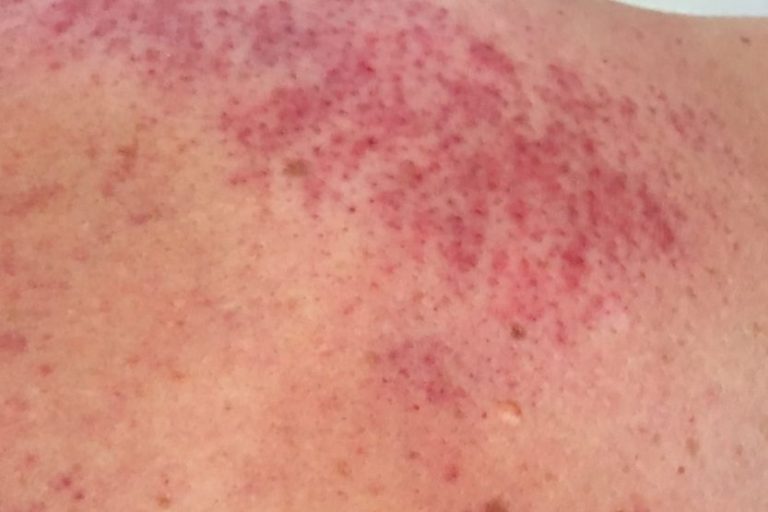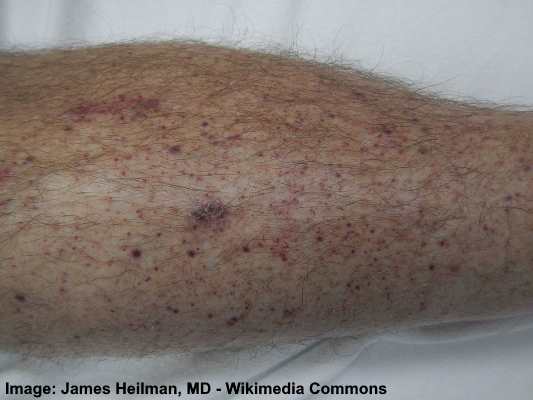

Oily skin, excessive sweating, having a weak immune system and living in hot climates can all result in this condition. In severe cases, a dermatologist may prescribe corticosteroids.Ĭauses: Tinea Versicolor is a fungal infection caused by a type of yeast that lives in the skin. Treatments: Treatments include using skin lotions and lubricants to soothe the itch. Researchers suspect that is stems from a virus, and not by a bacteria, fungus, or allergic reaction. One of our certified dermatologists will have to diagnose the condition and prescribe treatment.Ĭauses: Pityriasis Rosea usually occurs in people between 10 and 35. Treatments: The patient will need to use a combination of skincare and prescription medication to treat rosacea. Doctors will perform tests to rule out those other conditions, and pay special attention to the patient’s historical skin patterns. It is similar in symptoms and signs to other conditions like acne and eczema. RosaceaĬauses: Rosacea is a common condition that causes redness of the skin. However, treatments are usually a combination of OTC and prescribed topical medication and possible dietary changes (such as avoiding sugary and oily foods and consuming more water, fruits, and vegetables). Treatments: Acne treatments can vary from one person to the next depending on the severity of the condition. Acne (also known as acne vulgaris) occurs when oil, dead skin cells, and hair follicles are clogged within the skin.
#Pinpoint red dots on skin itchy groups of 3 how to
Here are 21 conditions that cause common red spots on the skin and how to treat them.Ĭauses: Characterized by pimples, oily skin, scarring and hyperpigmentation, whiteheads, and blackheads. It can be easy to confuse conditions at first glance, so we would like to take a closer look. For example:Īcute injuries, allergic reactions, and a vitamin K deficiency are also associated with the symptom of petechiae.There are many skin conditions that cause red spots on the skin. This includes autoimmune conditions, and certain congenital and connective tissue disorders. Petechiae may come and go as a result of a chronic disease or illness.

These include blood cancers, chronic conditions, and blood-related congenital disorders. congenital TORCH syndrome (concurrent infection with toxoplasma gondii, other agents, rubella, cytomegalovirus, and herpes simplex virus).Common infections linked to petechiae include: Medications known to cause petechiae in rare cases include:īoth viral and bacterial infections can cause red dots or other rashes to appear on your skin. Hives are often itchy, raised welts that are generally larger than petechiae. Here’s an overview of common causes of petechiae: MedicationĪn allergic reaction to certain medications may cause clusters of red dots to appear on your skin. In many of these cases, petechiae are a symptom of an underlying health issue. You can develop petechiae for a number of different reasons, including injuries and infection. In this article, we will explore some common potential causes of petechiae, symptoms to watch out for, and when to see a doctor. They’re often a symptom of another underlying health problem, such as infection, allergic reaction, or autoimmune disease. Petechiae aren’t considered a medical condition on their own. This blood pools under the surface, creating the appearance of spots.

These dots form when your tiniest blood vessels, called capillaries, break and leak blood under the skin. Petechiae are red, purple, or brown dots on the skin that are generally painless and itch-free. But other times rashes or dots appear on your skin that are harder to identify. Sometimes skin problems have an obvious cause, like sunburn or a mosquito bite. Your skin’s health and appearance shifts all the time depending on your environment, lifestyle, and health conditions, among other factors. But they can also indicate a health condition, including an infection or autoimmune disease. Red or purple spots on your skin may be hives or acne.


 0 kommentar(er)
0 kommentar(er)
